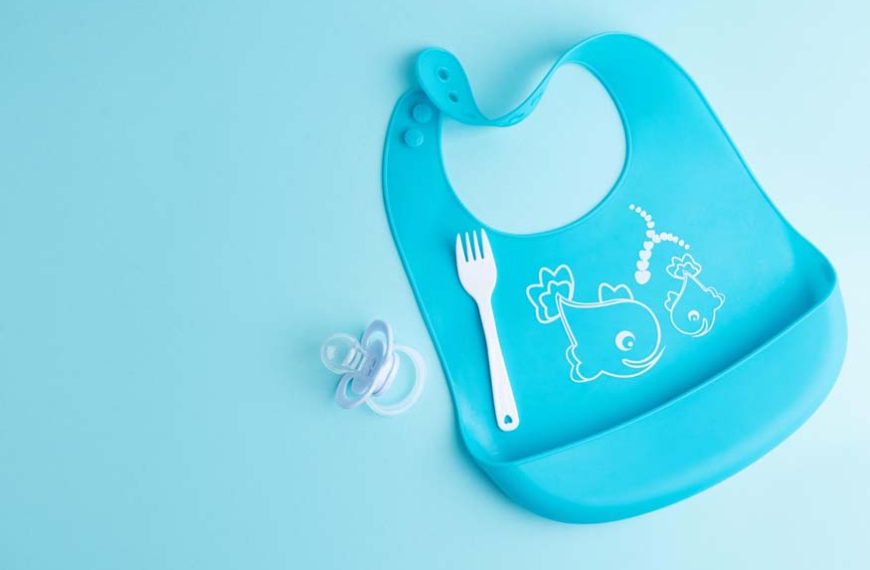Embarking on the journey of introducing your infant to solid foods and self-feeding is an exciting and crucial milestone in their development. This transition not only marks their growing independence but also plays a vital role in honing their motor skills and sensory experiences. However, this journey can be daunting for many parents. This article aims to provide comprehensive guidance on how to train babies to eat on their own, highlighting key baby feeding milestones, selecting appropriate baby feeding utensils, and offering essential infant feeding tips.
Understanding Baby Feeding Milestones
Every infant develops at their own pace, but there are certain feeding milestones that parents can anticipate. Typically, around the age of 6 months, babies are ready to start experimenting with solid foods. This is a critical period where they transition from a liquid diet to more solid textures. Initially, the focus is more on exploration and getting used to different tastes and textures, rather than the quantity of food consumed.
As your baby grows, you will notice an increasing interest in self-feeding, usually around 8 to 12 months. This is when they start developing the coordination to use utensils, and it’s a prime time to encourage this new skill.
Selecting the Right Baby Feeding Utensils
Choosing the right utensils is pivotal in making this transition smooth and safe. Opt for utensils that are specifically designed for infants – these are usually smaller, with easy-grip handles suitable for their tiny hands. Materials like silicone or soft plastic are ideal as they are gentle on the gums and emerging teeth. Plates and bowls with suction bases can help minimise mess by keeping the dish in place.
Baby feeding utensils play a crucial role in your infant’s journey towards self-feeding and independence. These utensils are specially designed to cater to the unique needs and developmental stages of young children. Here’s an overview of the different types of baby feeding utensils:
- Soft-Tipped Spoons:
- Training Forks:
- Sippy Cups:
- Divided Plates and Bowls:
- Suction Bowls and Plates:
- Silicone Bibs:
Ideal for the initial transition from liquid to solid food, these spoons have a gentle, flexible tip that is easy on your baby’s gums. Their long handles are perfect for reaching into deep jars, and the soft tip is comfortable for your baby’s mouth.
As your baby progresses, introducing a fork can help develop their fine motor skills. Look for forks with rounded, blunt tines that are safe for little mouths but effective for picking up small pieces of food.
Essential for teaching babies how to drink independently, sippy cups come with a spout and easy-to-grip handles. They help in transitioning from a bottle to a regular cup, reducing spills along the way.
Plates and bowls with dividers are excellent for introducing different types of foods without mixing them. This can be particularly appealing to infants who are learning to eat a variety of solid foods.
These come with a suction base that sticks to the table or high chair tray, minimizing spills and messes. They are great for babies who are learning to eat independently but might accidentally push or throw their dishes.
Not a utensil per se, but silicone bibs with food catchers are invaluable during meal times. They catch falling food, reducing mess and making clean-up easier.
Each of these utensils is designed with safety, hygiene, and ease of use in mind, ensuring that your baby’s transition to solid foods and self-feeding is a positive and enjoyable experience. As your baby grows and their feeding skills develop, these utensils can adapt to their changing needs, making mealtime a fun and less messy adventure.
How to Train Babies to Eat on Their Own
Training your baby to eat independently is a gradual process that requires patience and encouragement. Start by introducing them to a spoon. You can initially guide their hands to show the motion of scooping food and bringing it to their mouth. It’s important to let them explore and try on their own, even if it gets messy. Babies learn through experience, and each attempt helps improve their dexterity and coordination.
Infant Feeding Tips
- Start Slowly:
- Encourage Exploration:
- Stay Patient and Positive:
- Safe and Suitable Foods:
- Eat Together:
- Consistency is Key:
Begin with small amounts of food and gradually increase as your baby shows more interest and ability.
Allow your baby to touch and play with their food. This sensory play is crucial for their development.
There will be spills and messes, but it’s all part of the learning process. Keep the atmosphere positive and stress-free.
Ensure the food is soft and cut into small, manageable pieces to prevent choking hazards.
Babies learn by imitation. Eating meals together can encourage them to try eating on their own.
Regular practice is important. Incorporate self-feeding into your daily routine to reinforce these new skills.
Advanced Feeding Techniques and Tips
As your infant becomes more adept at self-feeding, you can introduce a wider variety of foods and utensils. Introduce forks with blunt tines and encourage them to pick up different types of food. This not only improves their dexterity but also helps in sensory development as they explore various textures and temperatures.
Creating a Positive Mealtime Environment
The environment in which your child eats can significantly impact their willingness to learn and experiment. Create a calm and distraction-free environment. Keep meal times consistent and ensure that the seating arrangement is comfortable and secure for your baby.
Dealing with Challenges
It’s not uncommon for infants to show resistance or a lack of interest in self-feeding at times. Remain patient and avoid forcing them to eat. Instead, try offering a variety of foods and let them choose what they want to eat. Remember, the goal is to make them feel empowered and in control of their feeding journey.
The Role of Texture and Taste
Introduce a variety of textures and tastes to encourage your baby’s sensory development. Soft fruits, cooked vegetables, and small pieces of tender meat or fish are great options. As they grow older, gradually introduce more complex textures to help them adapt to different types of foods.
Monitoring Progress and Adjusting Techniques
Keep an eye on your baby’s progress and adjust your techniques as needed. If your baby seems frustrated or is struggling, take a step back and try a simpler approach. It’s important to remember that every child develops at their own pace, and what works for one child might not work for another.
The Importance of Hydration
While focusing on solid foods, don’t forget about hydration. Offer water in a cup or a sippy cup. Teaching your baby to drink on their own is just as important as teaching them to eat.
Involving Your Infant in Meal Preparation
As your baby grows, involve them in meal preparation activities. This can include washing fruits, stirring foods, or even choosing what they want to eat. This involvement can increase their interest in food and eating.
Introducing your baby to utensils and teaching them to feed themselves is a rewarding yet challenging journey. It’s a significant milestone that not only fosters their independence but also aids in their overall development. By understanding the key milestones, choosing the right tools, and following these guidelines, you can help your baby master the art of self-feeding.
For more such interesting blogs, visit EuroKids.
















